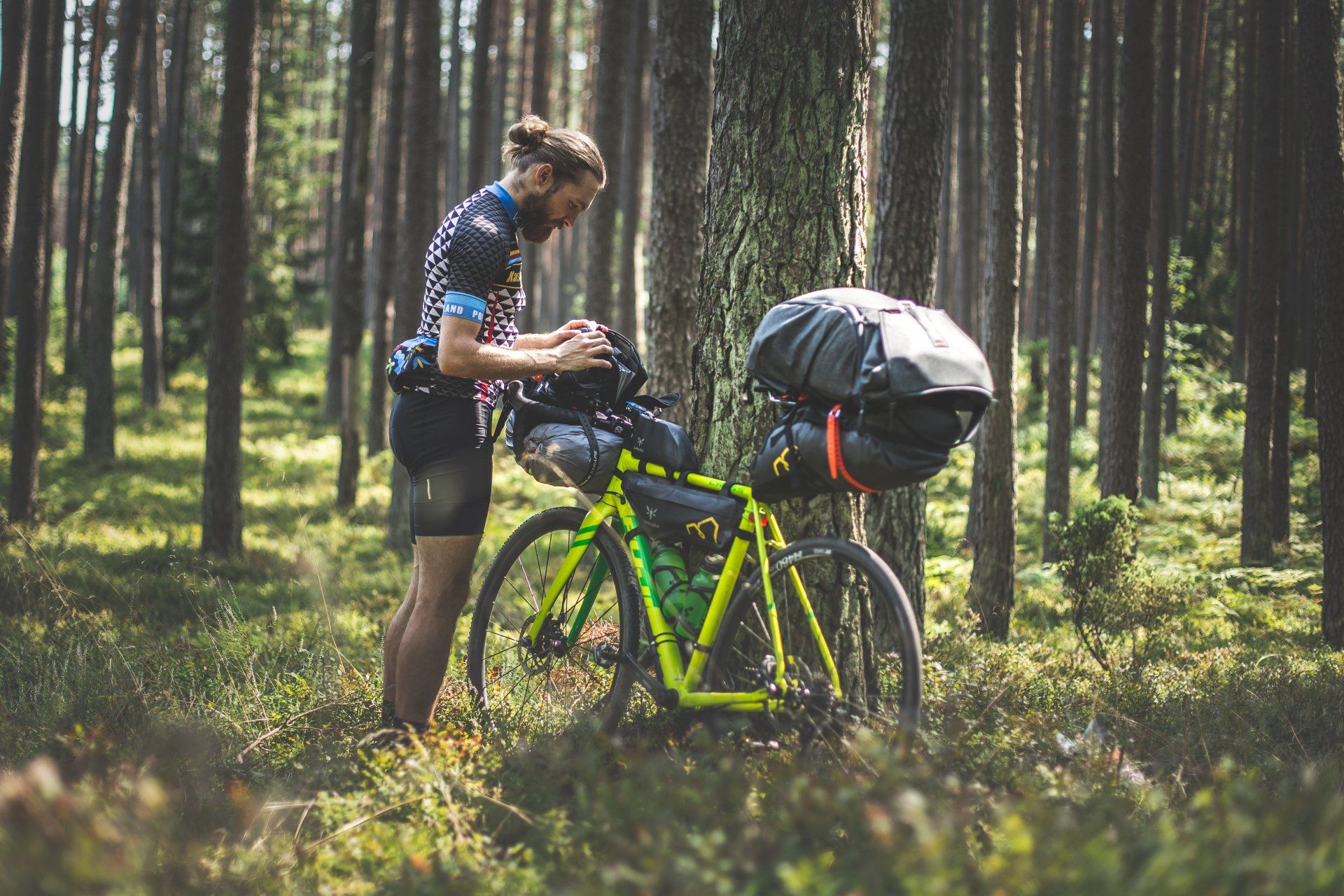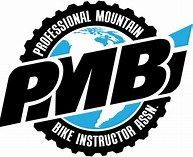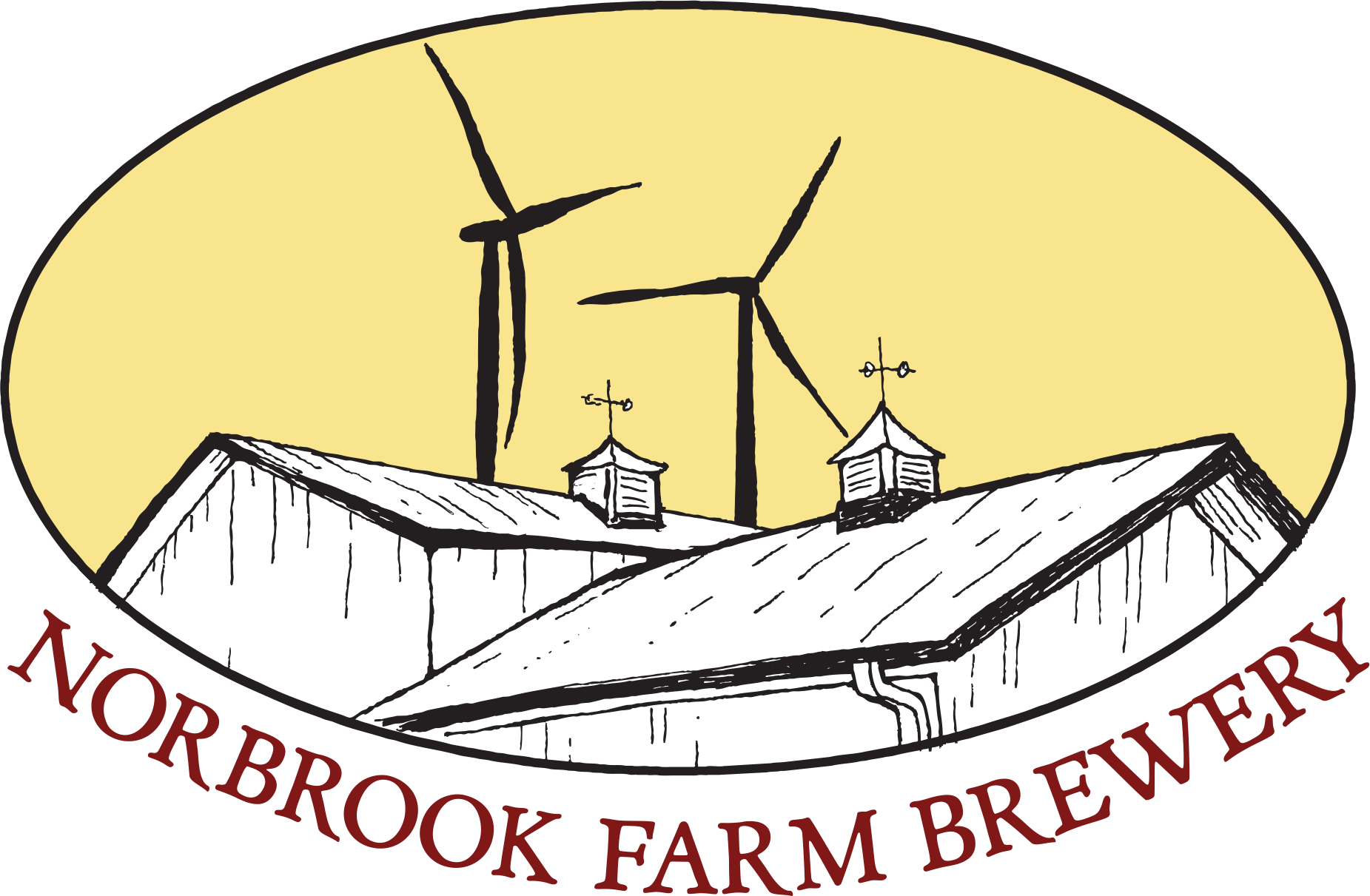Bikepacking 101: Everything You Need To Know to Get Started
Bikepacking 101: Tips To Get You Started

Have you ever longed to ride a bike through the wilderness but weren't sure where to begin? Bikepacking is for you, then! I'll go through all the information you require to begin bikepacking in this post on bikepacking 101. I've got you covered on everything from what equipment you'll need to where to discover the greatest trails.
Read on to learn everything you need to know about how to begin bikepacking, regardless of whether you're an experienced mountain cyclist, an enthusiastic gravel rider, or just starting started.
This thorough introduction to bikepacking will teach you all you need to know.
What Is Bikepacking?
Off-road, long-distance riding is referred to as bikepacking. It incorporates aspects of both backpacking and mountain riding while utilizing a bicycle as your primary source of transportation. Typically, singletrack trails, dirt roads, and other off-road terrain are used by bikepackers.
When it comes to bikepacking, there are many different approaches. Some people opt to travel light and only bring the minimum necessities (i.e., they give up the luxuries! ), whilst others (like myself) pack heavier and bring more equipment. Finding a setup that fits you and your riding style the best is the key. Click here to read more about bikepacking essentials.
BIKEPACKING VS BIKE TOURING
Although bike touring and bikepacking share some characteristics, they are ultimately very distinct. The more conventional style of long-distance riding, known as bike touring, involves cyclists traveling on paved or gravel roads while often staying in lodgings along the way.
Contrarily, bikepacking entails traveling over more difficult terrain while carrying all the necessary supplies.
Choosing The Right Bike & Gear For Your Trip
Choosing the correct bike and equipment is the first step in organizing a bikepacking trip. A mountain bike or gravel bike is the ideal choice for the majority of people. These bicycles are built to ride smoothly and withstand tough terrain.
A full-suspension mountain bike can be something to take into consideration if you intend to ride singletrack routes. On difficult terrain, this will provide you additional control and traction. A hardtail mountain bike or gravel bike will be a suitable choice if you are primarily interested in riding on gravel.
There are countless possibilities accessible when selecting equipment. Check what you already have to see if there is anything you can utilize as a starting point. For the majority of bikepacking excursions, you'll need the following items:
- sleeping bag and pad for a tent
- water bottle a camp stove, and utensils
- system for purifying or filtering water
- bike repair equipment and tools
BIKEPACKING BIKE
Depending on the type of terrain you expect to ride on, a mountain bike or gravel bike will often work best for bikepacking. Consequently, the bike you already own is the finest bike for bikepacking. Take it to a bike shop for a thorough tune-up before leaving on your trip if it has accumulated dust and cobwebs in your garage.
If you don't possess a bike, try asking a friend to lend you one or renting one for a few days. Make sure you genuinely love doing it before spending hundreds or even thousands of dollars on a bikepacking bike. You can begin to consider making that major investment once you've completed a few trips and have determined that you do, in fact, enjoy bikepacking. Consider the type of bikepacking you'll be doing the most (singletrack vs. gravel roads) and the model of bike that will work best for you.
BIKEPACKING BAGS
You can transport all or the majority of your goods on your bike frame by using bikepacking packs. I advise using the items in your wardrobe before making a costly investment in a full bikepacking bag setup. If you're only going on a short journey, you may carry most of your goods in a backpack or attach dry bags to your bike's frame or rack with voile straps (this is actually my preference for 1-2 nighters, especially if the route is mostly singletrack).














